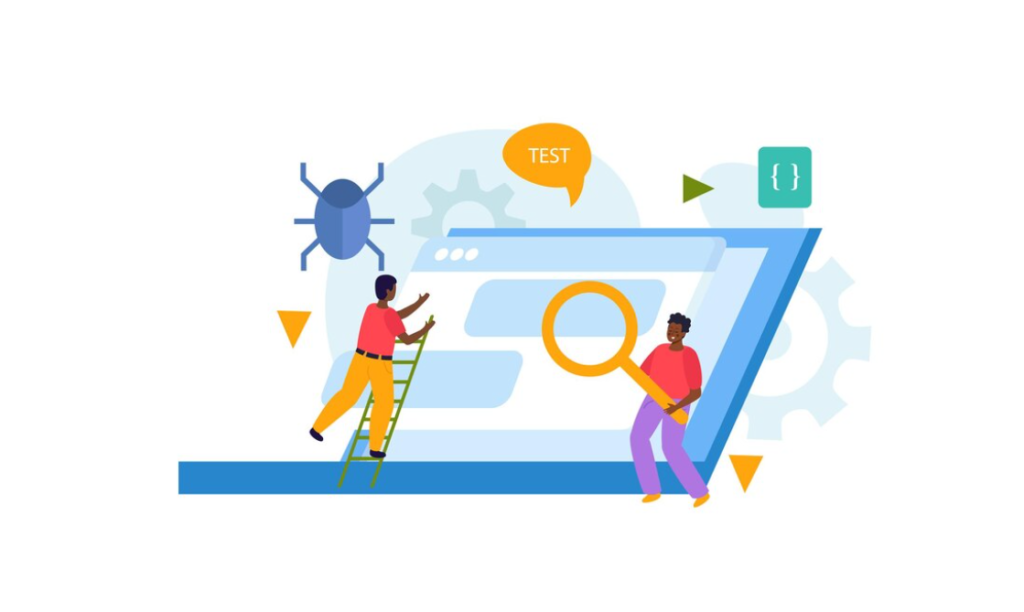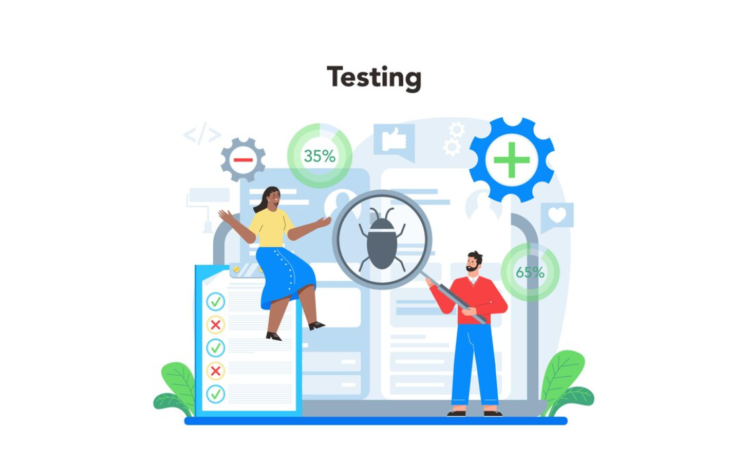If you’re reading this, chances are you understand that in today’s fiercely competitive market, developing software that offers an outstanding user experience is crucial.
No matter the sector, each company aims to create top-notch software while reducing the time and expenses involved in development. Numerous steps are integral to producing perfect software, with a critical stage prior to its launch being the evaluation of its functionality and performance.
This stage is vital to ensure the software is not just efficient, but also robust and high-performing. Throughout the software development phase, there are three key methodologies essential to meet these standards: smoke, sanity, and regression. Each method has its unique role and should be applied at different points in the development cycle. The decision on which method to employ depends on various factors, such as the software’s features, goals, complexity, and importantly, the budget at hand.
You may also like to delve into how these testing methodologies complement and enhance the DevOps workflow while exploring a DevOps tools list.
Understanding Software Builds
Understanding the differences between these three types of software tests necessitates a basic knowledge of what a software build is.
In the domain of software development, code serves as the foundational component. However, it’s crucial to acknowledge that a software application isn’t composed of a solitary code fragment. Particularly in the case of intricate software, it can encompass thousands of distinct code files. These files must be amalgamated into a single executable file, subsequently delivered to the team responsible for deployment. This process of consolidating numerous code files into a cohesive file is referred to as a software compilation. This term aptly encapsulates the stage during which the software is essentially being constructed for practical utilization.
Smoke Testing
During the initial phase of the software development life cycle (SDLC), smoke testing plays an essential role. Its main objective is to check the seamless operation of the software’s primary features. It is performed prior to engaging in more comprehensive functional tests. It primarily aims to spot any major faults in the software’s fundamental components. It’s crucial in the early detection and rectification of problems, which helps avoid more significant issues as the SDLC progresses.
Often known as the build verification test, smoke testing focuses on examining key parts of the software build, rather than the entire application. Due to its straightforward nature and the limited time required, developers usually carry out this test. It forms a vital component of the thorough testing regimen and utilizes specific test cases to evaluate all critical elements of the build.
It is typically done when developers hand over a new build to the Quality Assurance teams. However, it’s not restricted to just the start of a project. It remains a vital step in maintaining software stability, even when new modules are integrated into existing functions.
Key Points:
- Focuses on critical application functionalities;
- Aims to confirm the “stability” of the application for further testing;
- A subset of regression tests;
- Failure in smoke testing leads to immediate rejection.
Smoke testing precedes the execution of automated test cases in a software build. For organizations implementing continuous testing, smoke testing is equivalent to verifying the successful installation of the build before initiating the first test case. If you haven’t already, it is strongly recommended to automate smoke checks, as this accelerates the validation process, leading to quicker feedback, enabling prompt action and resolution.

Sanity Testing
Sanity testing is a critical component in the field of software quality assurance. This process is crucial for assessing the stability of new elements incorporated into an existing software build, determining their readiness for more advanced stages. This method provides a quick yet detailed evaluation of recent software modifications. It proves particularly useful when there are minor code changes, ensuring a smooth progression to comprehensive evaluation. A major role of this process is to safeguard the overall performance of the software build. It verifies that new alterations don’t negatively impact other components or functionalities. Typically conducted after smoke analysis, it is an integral part of regression, ensuring the software’s continuous reliability.
Key Points:
- Targets detailed functionalities within the application;
- Checks the “rationality” of the application before moving to further testing stages;
- Is a specific segment of regression tests.
Automating sanity testing proves highly practical since it forms an integral part of the broader regression testing process. Automation in this context serves to streamline workflows, ultimately enhancing overall efficiency.
Regression Testing
Regression testing represents a comprehensive testing phase encompassing both smoke and sanity testing. Its primary objective revolves around ensuring that an application functions as intended following any updates, enhancements, or alterations in the code. The assurance of stability for pre-existing features within the software build remains paramount. Whenever a modification is introduced, regression assessment comes into play to validate its compatibility with ongoing enhancements.
This phase is conducted subsequent to sanity testing and serves as a pivotal step within the Quality Assurance (QA) domain. Solely performed by the QA team, it serves as the concluding stage in the testing cycle, providing a holistic evaluation of the product’s performance.
In the course of regression testing, it is imperative to maintain the integrity of the code under examination using a configuration management tool and to abstain from making alterations during the testing phase. Additionally, the QA team should employ a distinct database exclusively dedicated to testing purposes.
Key Points:
- Examines detailed functionalities of the application;
- Assesses every existing feature of the application;
- Underlines the importance of comprehensive documentation for regression test cases;
- Integrates both smoke and sanity testing into its framework.
The Role of Automation in Regression Testing

Smoke and Sanity testing focus on assessing core functionalities and eligibility for further testing, making them less time-consuming. Regression testing, in contrast, examines overall quality after modifications to existing code, ensuring that changes do not adversely impact other interconnected areas.
| Smoke Testing | Sanity Testing | Regression Testing |
|---|---|---|
| Performed on initial builds | Performed on stable builds | Performed on stable builds |
| Tests the stability of a new build | Tests the stability of new functionality or code changes in the existing build | Tests the functionality of all affected areas after new functionality/code changes in the existing build |
| Covers end-to-end basic functionalities | Covers certain modules, in which code changes have been made | Covers detailed testing targeting all the affected areas after new functionalities are added |
| Executed by testers & sometimes also by developers | Executed by testers | Executed by testers, mostly via automation |
| A part of basic testing | A part of regression testing | Regression Testing is a superset of Smoke and Sanity Testing |
Both developers and testers have the capability to conduct smoke testing, while sanity and regression testing usually fall under the purview of the Quality Assurance (QA) team. Automation can be applied to all three types, but it offers distinct advantages in the context of regression testing.
Smoke assessment takes place during the initial stages of the Software Development Life Cycle (SDLC), whereas sanity and regression testing are typically carried out in the later phases. To optimize time management and adhere to project deadlines, it is advisable for the QA team to initiate with smoke testing and subsequently progress to sanity and regression testing.
Conclusion
In the realm of Quality Assurance (QA), integrating smoke, sanity, and regression testing into the regular testing protocol is crucial. As the number of tests grows, the management and execution of these tests become increasingly intricate. QA teams frequently encounter the need to repeat these tests, highlighting the significance of automation in modern software development methodologies.
When embarking on test automation, selecting the appropriate tool is pivotal to ensure an efficient Return on Investment (ROI) right from the beginning. Automation not only streamlines the testing procedure but also enhances both efficiency and accuracy, playing a significant role in the success of software development projects.
